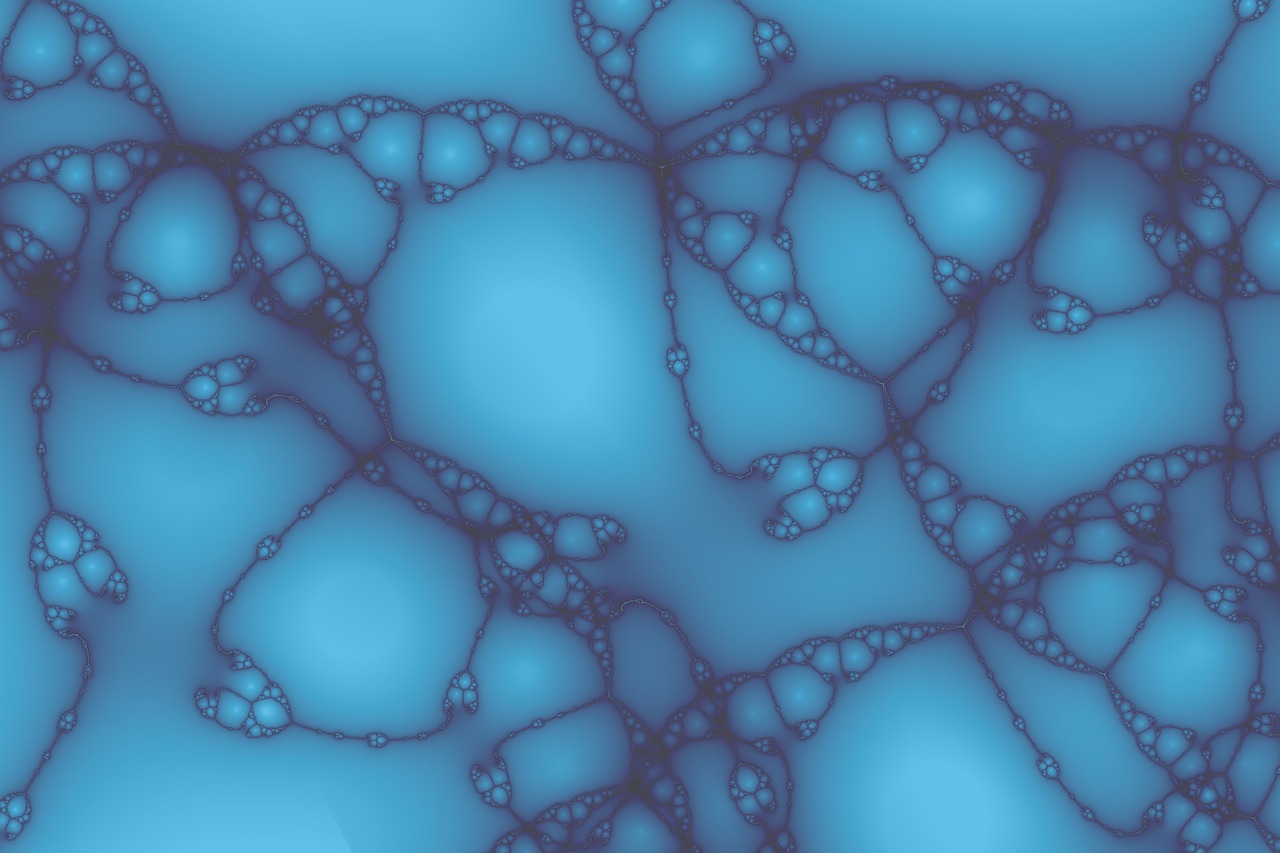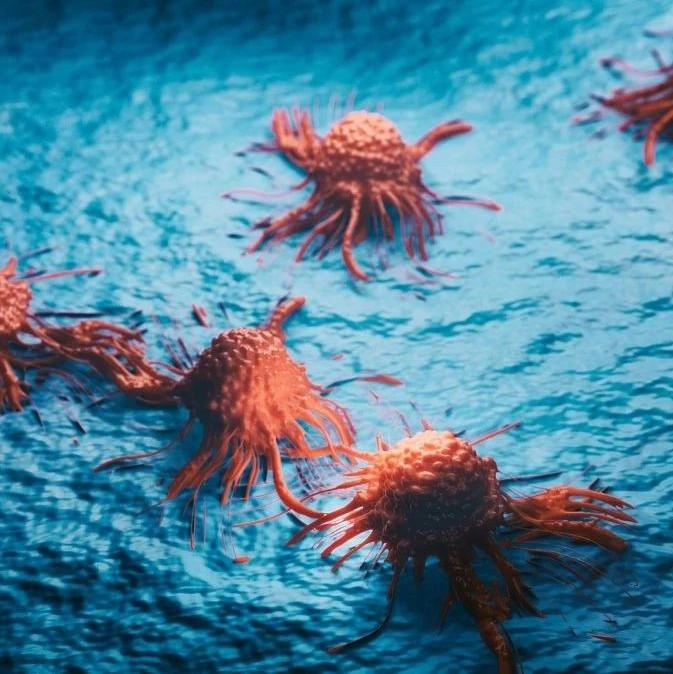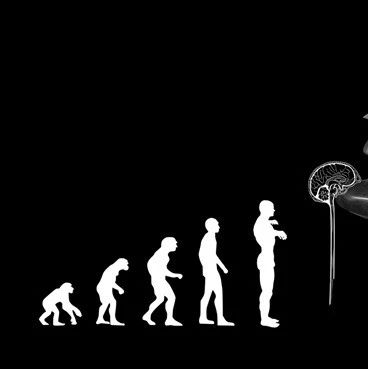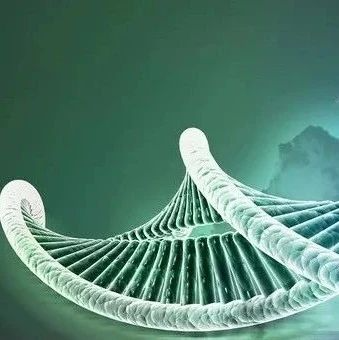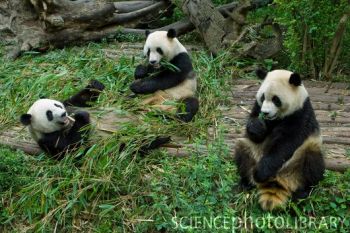
大熊猫是中国的国宝,其憨态可掬的形象受到了世界各地民众的喜爱,也因此成为了传播和平和友谊的大使。不过,数千年来,大熊猫独特的饮食习惯一直困扰着人类,比如它为什么喜欢吃竹子,又如何消化竹子。最近,中科院动物研究所的一项最新研究成果为这一谜题提供了答案。
负责该研究项目的是中科院动物研究所动物生态与保护生物学院重点实验室主任魏辅文博士。在研究过程中,科研人员发现,大熊猫的消化道粗短而又简单,没有一般食草动物细长的肠道和复杂的胃或发达的盲肠。此外,在大熊猫的基因序列于2009年公布之后,他们还发现大熊猫消化道内缺乏一些帮助食草动物消化纤维素和半纤维素(它们是纤维性植物饮食的主要成分)的酶。这让科研人员感到非常困惑,缺乏这些必要条件的大熊猫是如何消化竹子的呢?
魏辅文博士和他的研究团队利用基因测序技术,分析5000多个核糖体RNA序列,最终在大熊猫体内发现了多种消化道微生物,这对于解开大熊猫饮食习惯之谜具有重要意义。他们以7只野生大熊猫和8只捕获的大熊猫的粪便作为样品,然后对大熊猫消化道中的微生物进行分析,来研究之前未能发现的消化纤维素的共生体。结果研究人员发现,大熊猫的消化道内确实含有微生物,而且和一些食草动物体内的微生物非常类似。
研究人员在大熊猫的粪便里一共发现了13种微生物,这些都有助于动物消化体内的纤维素,而且其中有了7种是熊猫消化道内独有的。魏辅文称,“我们认为这可能是由于不同的饮食习惯造成的。”
人类迫使大熊猫吃竹子 大熊猫为什么喜欢吃竹子呢?来自华盛顿斯密斯国家动物园的一位熊猫饲养员尼可·麦克科(Nicole MacCorkle)称,一些科学家推测,随着古时候人口数量的急剧膨胀,大熊猫被迫迁徙到一些高山地区生存。它们为了避免和一些肉食动物比如亚洲黑熊等进行竞争,最终逐渐习惯以竹子为食。不过,尼可·麦克科也补充到,如果给大熊猫提供肉类食品,它们也会吃的,不过不会主动去索取。
相关英文论文摘要:
Evidence of cellulose metabolism by the giant panda gut microbiome
The giant panda genome codes for all necessary enzymes associated with a carnivorous digestive system but lacks genes for enzymes needed to digest cellulose, the principal component of their bamboo diet. It has been posited that this iconic species must therefore possess microbial symbionts capable of metabolizing cellulose, but these symbionts have remained undetected. Here we examined 5,522 prokaryotic ribosomal RNA gene sequences in wild and captive giant panda fecal samples. We found lower species richness of the panda microbiome than of mammalian microbiomes for herbivores and nonherbivorous carnivores. We detected 13 operational taxonomic units closely related to Clostridium groups I and XIVa, both of which contain taxa known to digest cellulose. Seven of these 13 operational taxonomic units were unique to pandas compared with other mammals. Metagenomic analysis using ∼37-Mbp contig sequences from gut microbes recovered putative genes coding two cellulose-digesting enzymes and one hemicellulose-digesting enzyme, cellulase, β-glucosidase, and xylan 1,4-β-xylosidase, in Clostridium group I. Comparing glycoside hydrolase profiles of pandas with those of herbivores and omnivores, we found a moderate abundance of oligosaccharide-degrading enzymes for pandas (36%), close to that for humans (37%), and the lowest abundance of cellulases and endohemicellulases (2%), which may reflect low digestibility of cellulose and hemicellulose in the panda's unique bamboo diet. The presence of putative cellulose-digesting microbes, in combination with adaptations related to feeding, physiology, and morphology, show that giant pandas have evolved a number of traits to overcome the anatomical and physiological challenge of digesting a diet high in fibrous matter.
英文论文链接:https://www.biodiscover.com/news/microbiology/library/1550.html


